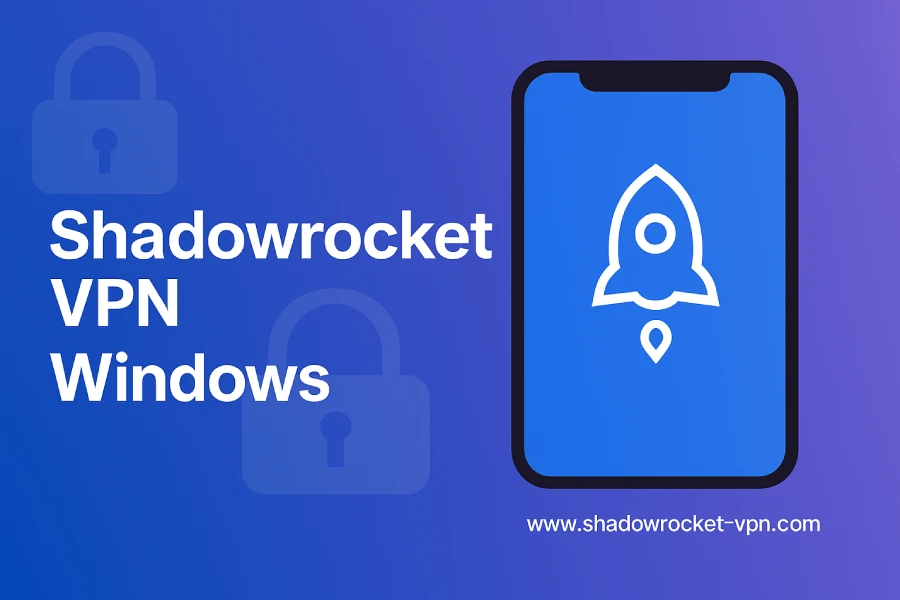Learn how Shadowrocket controls your traffic
with smart rules, proxy support, and security.
Just scroll down to explore the full breakdown.
Shadowrocket is a powerful iOS tool that helps users route their internet traffic through proxies, giving them greater control, privacy, and access to restricted content. It’s not just a VPN — it’s a rule-based proxy utility that allows custom traffic routing based on apps, domains, and network types.

Shadowrocket is much more than a basic VPN. It acts as a network controller for your iPhone or iPad, letting you manually route traffic through proxy servers like SOCKS5, HTTP, HTTPS, V2Ray, and Trojan. Once configured, it can:
Users can create flexible routing rules that tell the app what traffic to send through a proxy and what to keep on the default connection. You can even use multiple proxies and define fallback behaviors. This smart customization is what makes Shadowrocket so unique.
If you’re wondering how Shadowrocket works or looking for a clear Shadowrocket explanation, let’s break it down step by step.
One of Shadowrocket’s core strengths is how it lets users add proxies and apply custom rules. Let’s simplify what that means.
A proxy is a middleman server that forwards your internet traffic. Instead of connecting directly to a website, your data first goes through the proxy — which can:
In Shadowrocket, users can add different proxy types like:
Routing rules in Shadowrocket allow you to control which traffic uses which proxy. You can:
📌 Example Rule:
This means all YouTube content uses a U.S. proxy, and any traffic to bank.com bypasses the proxy entirely.
This rule-based approach gives users granular control — perfect for both privacy lovers and network tinkerers.
Shadowrocket supports a wide variety of proxy protocols. Each protocol serves different needs — from privacy to speed.
Let’s break them down:
Best for: Streaming, torrenting, and general browsing where speed is important
Best for: Website access, simple proxy setups
Best for: Privacy, bypassing firewalls (e.g., in restrictive countries)
Best for: Censorship resistance and secure communications
Each protocol type can be imported easily into Shadowrocket using QR codes or server URLs. Advanced users can also edit JSON config files directly.
If you’re a beginner just exploring how Shadowrocket works, SOCKS5 or HTTPS are good starting points. Advanced users looking for censorship evasion will prefer V2Ray or Trojan.
Let’s look at how Shadowrocket actually routes your traffic under the hood. This is where the magic happens — and it’s simpler than you think.
01. Your app (e.g., Safari or YouTube) makes a network request.
02. Shadowrocket intercepts it and checks your rules.
03. Based on the domain or app, it decides:
This intelligent system ensures that only the traffic you choose is rerouted, giving you both control and efficiency.
Shadowrocket gives users more than just a VPN — it offers a full traffic control panel for iOS. With proxy support, advanced rules, and powerful protocol handling, it’s ideal for anyone wanting privacy, speed, and flexibility.
If you’ve ever searched for how Shadowrocket works or needed a simple Shadowrocket explanation, we hope this guide has helped. Ready to explore more? Visit the Shadowrocket Download Page and take control of your internet.